These are the most in-demand job skills in 2020, according to LinkedIn — from cnbc.com by Vicky McKeever
Blockchain is the most in-demand job skill in 2020, says LinkedIn
How augmented reality will overhaul our most crucial industries — from singularityhub.com by Peter Diamandis
Excerpts:
Healthcare
(1) Surgeons and physicians
(2) Assistance for those with disabilities
(3) Biometric displays
Retail & Advertising
(1) Virtual shopping
(2) Advertising
Education & Travel
(1) Customized, continuous learning
Within the classroom, Magic Leap One’s Lumin operating system allows multiple wearers to share in a digital experience, such as a dissection or historical map. And from a collaborative creation standpoint, students can use Magic Leap’s CAD application to join forces on 3D designs.
In success, AR’s convergence with biometric sensors and AI will give rise to an extraordinarily different education system: one comprised of delocalized, individually customizable, responsive, and accelerated learning environments.
(2) Training
(3) Travel
Manufacturing
(1) Design
(2) Supply chain optimization
(3) Quality assurance & accessible expertise
Transportation & Navigation
(1) Autonomous vehicles
(2) Navigation
Entertainment
(1) Gaming
(2) Art
American students have changed their majors — from bloomberg.com by Justin Fox
Health professions are in, education and the humanities are out. Here are some reasons for the shift.
Emerging technology trends can seem both elusive and ephemeral, but some become integral to business and IT strategies—and form the backbone of tomorrow’s technology innovation. The eight chapters of Tech Trends 2019 look to guide CIOs through today’s most promising trends, with an eye toward innovation and growth and a spotlight on emerging trends that may well offer new avenues for pursuing strategic ambitions.
25 skills LinkedIn says are most likely to get you hired in 2018 — and the online courses to get them — from businessinsider.com by Mara Leighton
Excerpt:
With the introduction of far-reaching and robust technology, the job market has experienced its own exponential growth, adaptation, and semi-metamorphosis. So much so that it can be difficult to guess what skills employer’s are looking for and what makes your résumé — and not another — stand out to recruiters.
Thankfully, LinkedIn created a 2018 “roadmap”— a list of hard and soft skills that companies need the most.
LinkedIn used data from their 500+ million members to identify the skills companies are currently working the hardest to fill. They grouped the skills members add to their profiles into several dozen categories (for example, “Android” and “iOS” into the “Mobile Development” category). Then, the company looked at all of the hiring and recruiting activity that happened on LinkedIn between January 1 and September 1 (billions of data points) and extrapolated the skill categories that belonged to members who were “more likely to start a new role within a company and receive interest from companies.”
LinkedIn then coupled those specific skills with related jobs and their average US salaries — all of which you can find below, alongside courses you can take (for free or for much less than the cost of a degree) to support claims of aptitude and stay ahead of the curve.
The online-learning options we included — LinkedIn Learning, Udemy, Coursera, and edX— are among the most popular and inexpensive.
Also see:
- AI can now tell your boss what skills you lack—and how you can get them — from by technologyreview.com by Elizabeth Woyke
Coursera is unveiling a new machine learning tool to show companies what skills their employees are acquiring from its classes and their level of expertise.
Education startup OnlineDegree.com makes the first year of college tuition-free — from forbes.com by Richard Vedder
Excerpt:
If you were told that an educational institution existed that would enable you to earn a year of college credit at zero financial cost and with minimal hassle –from a for-profit private entrepreneurial venture — you would no doubt be suspicious. I receive several pitches a week from individuals trying to promote all sorts of innovations, so I was especially dubious of this proposition – until I talked to Grant Aldrich, the fellow who helped initiate this project, and after reflecting a bit on modern internet-based businesses.
Hundreds of millions daily use at zero cost an immensely popular social media platform, Facebook. It provides much joy to user’s lives. Moreover, Facebook, Inc. has, of this writing, a market capitalization of $539.6 billion and its founder and CEO, Mark Zuckerberg, is at age 34, one of the richest people in the world. I suspect Grant Aldrich thinks that the Facebook model can be replicated successfully in higher education. Aldrich’s website (https://onlinedegree.com) will provide users with free, high-quality online college-level courses, financed through advertising, sponsorships, etc., much like Facebook and Google do.
The venture is brand new and modest in scope and is just now ready to launch its project.
He is bringing market-based capitalism to higher education without the crutch of government-subsidized student loans.
Yet Aldrich claims that he is not out to destroy traditional higher education, but rather to revitalize and support it. Students ultimately would go from his online courses into traditional schools, saving at least 25% of the cost through credit transfer, making traditional education significantly more affordable and viable.
The information below is from Grant Aldrich, Founder of OnlineDegree.com (emphasis via DSC)
Rather than bypassing traditional universities like the MissionU’s or Coursera’s, we have a disruptive solution to innovate within higher ed to combat student debt and bring students back to a collegiate path.
Here’s the quick summary: At OnlineDegree.com, anyone could receive credit, up to their freshman year of college, completely tuition-free. All from home, on their own schedule, no pressure, and no applications.
We offer students free college-level courses and work with accredited universities across the country to award college credit for the courses students take. With many options to complete their entire freshman year equivalence, there are potential pathways to receive up to 44 units of recommended semester credit at over 1,400 colleges throughout the US…and growing.
By understanding the predicament that working adults have, it’s obvious that the current educational system hasn’t made it simple or easy enough for them to go back to school. They’re busy, can’t afford it, and have a lot of anxiety taking the first step. We’re changing that.
Further information is below.
Who Are We?
OnlineDegree.com is a team of startup veterans, leading academics and PhDs (from NYU, West Virginia University, Georgetown, etc). We’ve been working for over 2 years to make higher education more affordable and accessible for everyone. It’s been an incredible adventure to combat entrenched roadblocks and norms. More about us here:
How it Works
Students take as many college-level courses as they’d like on gen ed topics like Psychology, Robotics, Computer Programming, Marketing, History and many more…free. We’ve then worked with participating accredited universities across the country like Southern New Hampshire University, Excelsior College and others, so students can receive college credit for the courses they’ve taken. In addition, there are pathways to receive credit at over 1,400 schools in total throughout the US.
Our courses are:
- Online and Available 24/7 – No class schedules, no fixed times, and completely self-paced.
- Easy to Get Started- No applications, No entrance exams, and most importantly, No tuition.
- Interesting and Top Notch- Our professors are experts in their respective fields with PhDs and advanced degrees. The courses are incredibly interesting.
- Recommended for over 44 units of semester credit by the NCCRS
Why Is This So Disruptive?
Working adults now have a “bridge” to start their path back to school in 1 minute instead of 1 year in some cases…regardless of their finances or busy schedules. They can test drive different courses and subjects on their own schedule, be better prepared for college-level coursework at a university, and potentially receive college credits toward their degree. Given the common unfortunate student perception that applying directly to a community college or 4-year is intimidating, inflexible and/or costly, we’re more like “wading” into the pool rather than expecting everyone to jump in.
How Have We Made It Free?
We will always be 100% free to students…we’re not going to compromise on that. We’re exploring a marketplace for tutoring, Patreon, Kickstarter, university sponsorships/advertising, private grants, and many other avenues. We are bold enough to look outside of the traditional tuition paradigm to ensure we don’t exclude anyone from participating. There are all kinds of ways to keep the lights on without charging students or sacrificing educational quality.
Why Now?
Despite overwhelming demand to go back to school in the face of eroding manufacturing jobs, robot automation, and a quickly modernizing economy, millions of working adults are still not going back to school at a traditional university. The key is to understand the predicaments of the working adult: accessibility and affordability. Other marketplace offers that circumvent higher education have become increasingly popular. We’re solving this by removing all of the barriers to enable that first critical step in starting back towards a traditional university.
Also see:
- Answer to Student Debt: Education Startup Makes It Free to Obtain College Credit— from prweb.com
“We’re devoted to helping the millions of Americans seeking a college education who are unable to take the first step, and at OnlineDegree.com, they could potentially complete up to their freshman year of college tuition free,” says Grant Aldrich, Founder of OnlineDegree.com.
An AI Bot for the Teacher — with thanks to Karthik Reddy for this resource
Artificial intelligence is the stuff of science fiction – if you are old enough, you will remember those Terminator movies a good few years ago, where mankind was systematically being wiped out by computers.
The truth is that AI, though not quite at Terminator level yet, is already a fact and something that most of us have encountered already. If you have ever used the virtual assistant on your phone or the Ask Google feature, you have used AI.
Some companies are using it as part of their sales and marketing strategies. An interesting example is Lowe’s Home Improvement that, instead of chatbots, uses actual robots into their physical stores. These robots are capable of helping customers locate products that they’re interested in, taking a lot of the guesswork out of the entire shopping experience.
Of course, there are a lot of different potential applications for AI that are very interesting. Imagine an AI teaching assistant, for example. They could help grade papers, fact check and assist with lesson planning, etc., all to make our harassed teachers’ lives a little easier.
Chatbots could be programmed as tutors to help kids better understand core topics if they are struggling with them, ensuring that they don’t hold the rest of the class up. And, for kids who have a real affinity with the subject, help them learn more about what they are interested in.
It could also help enhance long distance training. Imagine if your students could get instant answers to basic questions through a simple chatbot. Sure, if they were still not getting it, they would come through to you – the chatbot cannot replace a real, live, teacher after all. But it could save you a lot of time and frustration.
Here, of course, we have only skimmed the surface of what artificial intelligence is capable of. Why not look through this infographic to see how different brands have been using this tech, and see what possible applications of it we might expect.
Brands that use AI to enhance marketing (infographic) 2018
From 16best.net with thanks to Karthik Reddy for this resource
VR and AR: Transforming Learning and Scholarship in the Humanities and Social Sciences — from er.educause.edu by Emory Craig and Maya Georgieva
What if a text or work of art is no longer read, but instead, experienced? What new questions are raised when it’s possible to visit an author’s home or stroll through the streets of an ancient city? How will our interpretations of literature, art, history and archaeology change when we are no longer passive recipients but co-constructors and actors in immersive experiences? How will this challenge us to think outside our current learning paradigms? These and other questions arise when we examine the impact of immersive technologies on the humanities and the social sciences.
Some examples mentioned there include:
- Joycestick
- The church of the Eremitani in Padua
- John Ashbery’s Nest
- Archaeological Reminiscence of Millet’s “Angelus”
- The Kivik Grave, Virtual Bodies in Ritual Procession
Microsoft joins the VR battle with Windows Mixed Reality [on 10/17/17] — from theverge.com by Tom Warren
Excerpt:
Microsoft is launching its own answer to virtual reality today, taking on HTC and Oculus in the process. Windows Mixed Reality will be available in the Windows 10 Fall Creators Update, and headsets are now available to buy. Here’s everything you need to know about Windows Mixed Reality.
…
Microsoft is offering movement tracking (six degrees of freedom) without the need for traditional external sensors placed throughout a room. Windows Mixed Reality headsets have cameras and sensors to track the motion controllers.
Walmart looks to see if virtual shopping is better than the real thing — from washingtonpost.com by Abha Bhattarai
Excerpts:
…Walmart, the world’s largest retailer, is setting its sights on virtual reality. Imagine this, says Katie Finnegan, who heads Walmart’s tech incubator: You need a tent for your next camping trip. If all goes to plan, you could one day virtually swoop in to your campsite and see any given tent in action. “You could unzip it, lay down, look left and right and say, ‘Oh, this is supposed to be a two-person tent? It’s kind of tight,’ ” she said. And then you could move on to the next tent — without leaving your couch.
…
Here are the five ideas the Bentonville, Ark.-based company says could be making their way online:
- 3-D holograms at Bonobos.com, the male clothing site Walmart acquired this year for $310 million, that would make it possible for shoppers to try on virtual clothing for fit and style.
- At ModCloth, the women’s clothing site Walmart took over in March, customers may one day be able to take 3-D photos of themselves using their smartphones, and use those images to get an idea of how something might look on.
- An “interactive virtual store” for designer Rebecca Minkoff, whose items are sold at Walmart.com, would allow customers to sit in on fashion shows and shop directly from the runway.
- Tired of shopping online alone? If Walmart gets its way, you may soon be interacting with other shoppers and experts as you pick out items for your virtual cart.
- Electric outlets, stove tops and door handles can all be child safety hazards — and soon, an online tool could peek inside your home and tell you where the biggest risks are lurking.
Explore the surface of Mars from the comfort of your living room — from haptical.com
Google’s new project allows viewers to explore the discoveries of NASA’s Curiosity rover.
Excerpt:
NASA and Google have teamed up to build a new virtual experience that lets space enthusiasts explore the red planet without having to leave their homes. Dubbed as “Access Mars”, the new project virtually transports users, wherever they are, to Earth’s neighboring planet in the solar system.
Chinese School Opens Full-Function VR Classrooms — from vrfocus.com by Rebecca Hills-Duty
HTC Vive have created a system which allows 50 VR units to work together with no cross-interference.
Congrats to the NingXia province on opening the first of 20 Vive 50-student full-function #VR classrooms. @htcvive #EducationEvolved pic.twitter.com/g6URsslgPP
— Alvin Wang Graylin (@AGraylin) October 13, 2017
From DSC:
I know Quentin Schultze from our years working together at Calvin College, in Grand Rapids, Michigan (USA). I have come to greatly appreciate Quin as a person of faith, as an innovative/entrepreneurial professor, as a mentor to his former students, and as an excellent communicator.
Quin has written a very concise, wisdom-packed book that I would like to recommend to those people who are seeking to be better communicators, leaders, and servants. But I would especially like to recommend this book to the leadership at Google, Amazon, Apple, Microsoft, IBM, Facebook, Nvidia, the major companies developing robots, and other high-tech companies. Why do I list these organizations? Because given the exponential pace of technological change, these organizations — and their leaders — have an enormous responsibility to make sure that the technologies that they are developing result in positive changes for societies throughout the globe. They need wisdom, especially as they are working on emerging technologies such as Artificial Intelligence (AI), personal assistants and bots, algorithms, robotics, the Internet of Things, big data, blockchain and more. These technologies continue to exert an increasingly powerful influence on numerous societies throughout the globe today. And we haven’t seen anything yet! Just because we can develop and implement something, doesn’t mean that we should. Again, we need wisdom here.
But as Quin states, it’s not just about knowledge, the mind and our thoughts. It’s about our hearts as well. That is, we need leaders who care about others, who can listen well to others, who can serve others well while avoiding gimmicks, embracing diversity, building trust, fostering compromise and developing/exhibiting many of the other qualities that Quin writes about in his book. Our societies desperately need leaders who care about others and who seek to serve others well.
I highly recommend you pick up a copy of Quin’s book. There are few people who can communicate as much in as few words as Quin can. In fact, I wish that more writing on the web and more articles/research coming out of academia would be as concisely and powerfully written as Quin’s book, Communicate Like a True Leader: 30 Days of Life-Changing Wisdom.
To lead is to accept responsibility and act responsibly.
— Quentin Schultze
These Are the Skills of the Future, According to 39 Industry Experts — from linkedin.com by Paul Petrone
Excerpts:
There’s a misconception out there that the future of work will be robots and artificial intelligence automating all the jobs, leaving nothing for majority of the world’s citizens to do.
History says that’s not the case. Over the past 120 years, there have been incredible technological advancements – cars, personal computers, the internet, smartphones, etc. – that have automated or eliminated aspects of nearly every job. But jobs haven’t gone away; instead, they’ve generally become more complex or changed scope, requiring new skills to complete them.
Hence, over the next five years, with AI and other technologies changing the market, jobs won’t go away. But the skills needed to do most jobs will change (and, in many cases, change drastically).
This sounds scary, but it really isn’t. Preparing for the future merely requires a commitment to learning – one of the most empowering activities a person can engage in. And, with all this change comes great opportunity. So, if you commit to learning and stay ahead of your industry, you’ll put yourself in position to reach your goals – regardless of where you stand now.
…
And while those answers were all specific to their individual fields, there were three skills we saw again and again that apply to all professionals moving forward. They are:
* A growth mindset
* Strategy
* Employee empowerment
…
- The future of tech and IT
- The future of marketing
- The future of sales
- The future of creative
- The future of HR
- The future of L&D
- The future of management
- The future of project management
- The future of business leadership
10 examples of how brands are using chatbots to delight customers — from medium.com by Larry Kim
Excerpt:
Businesses and brands are using chatbots in lots of exciting ways.
You can order food, schedule flights, and get recommendations for pretty much anything you can think of.
We’re still in the early days, but the latest chatbot statistics all say the same thing: adoption is growing.
Whether you like it or not, chatbots and virtual assistants are the future of marketing and customer support.
So which brands are already making the most of chatbots to delight their customers?
Here are 10 examples.
VR Is the Fastest-Growing Skill for Online Freelancers — from bloomberg.com by Isabel Gottlieb
Workers who specialize in artificial intelligence also saw big jumps in demand for their expertise.
Excerpt:
Overall, tech-related skills accounted for nearly two-thirds of Upwork’s list of the 20 fastest-growing skills.
Also see:
How to Prepare Preschoolers for an Automated Economy — from nytimes.com by Claire Miller and Jess Bidgood
Excerpt
MEDFORD, Mass. — Amory Kahan, 7, wanted to know when it would be snack time. Harvey Borisy, 5, complained about a scrape on his elbow. And Declan Lewis, 8, was wondering why the two-wheeled wooden robot he was programming to do the Hokey Pokey wasn’t working. He sighed, “Forward, backward, and it stops.”
Declan tried it again, and this time the robot shook back and forth on the gray rug. “It did it!” he cried. Amanda Sullivan, a camp coordinator and a postdoctoral researcher in early childhood technology, smiled. “They’ve been debugging their Hokey Pokeys,” she said.
The children, at a summer camp last month run by the Developmental Technologies Research Group at Tufts University, were learning typical kid skills: building with blocks, taking turns, persevering through frustration. They were also, researchers say, learning the skills necessary to succeed in an automated economy.
Technological advances have rendered an increasing number of jobs obsolete in the last decade, and researchers say parts of most jobs will eventually be automated. What the labor market will look like when today’s young children are old enough to work is perhaps harder to predict than at any time in recent history. Jobs are likely to be very different, but we don’t know which will still exist, which will be done by machines and which new ones will be created.
155 chatbots in this brand new landscape. Where does your bot fit? — from venturebeat.com by Carylyne Chan
Excerpt:
Since we started building bots at KeyReply more than two years ago, the industry has seen massive interest and change. This makes it hard for companies and customers to figure out what’s really happening — so we hope to throw some light on this industry by creating a landscape of chatbot-related businesses. There’s no way to put everyone into this landscape, so we have selected examples that give readers an overview of the industry, such as notable or dominant providers and tools widely used to develop bots.
To put everything into a coherent structure, we arranged companies along the axes according to the functions of their bots and how they built them.
On the horizontal axis, the “marketing” function refers to a bot’s ability to drive exposure, reach, and interaction with the brand or product for potential and current customers. The “support” function refers to a bot’s ability to assist current customers with problems and to resolve those problems for them.
On the vertical axis, “managed” refers to companies outsourcing the development of bots to external vendors, whereas “self-serve” refers to them building their bots in-house or with an off-the-shelf tool.
Getting students ready for the gig economy — from gettingsmart.com by Emily Liebtag
Excerpt:
1) Finding a Passion and Making an Impact
Exploring passions, interests and causes that matter should be a part of every student’s education. Projects or several short-term gigs are a great way to help students reveal (or discover) their personal passions and to facilitate their interest explorations (all while still covering core content and standards). There are many students who already have opportunities to explore their passions during the regular school day through projects and are thriving as a result.
We’ve seen students at High Tech High create business plans and sell self-designed t-shirts, students at Thrive Public Schools engage in projects around kindness and empathy in their communities, and students at One Stone work with clients on advertising and marketing gigs, exploring their passions one project at a time.
Need ideas? Engage students in projects around the Sustainable Development Goals, snag an idea from the the PBL Q & A blog or simply ask students what they are curious about exploring in their community.










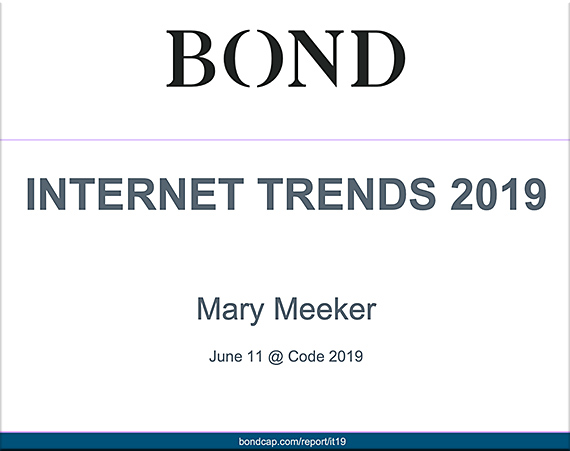
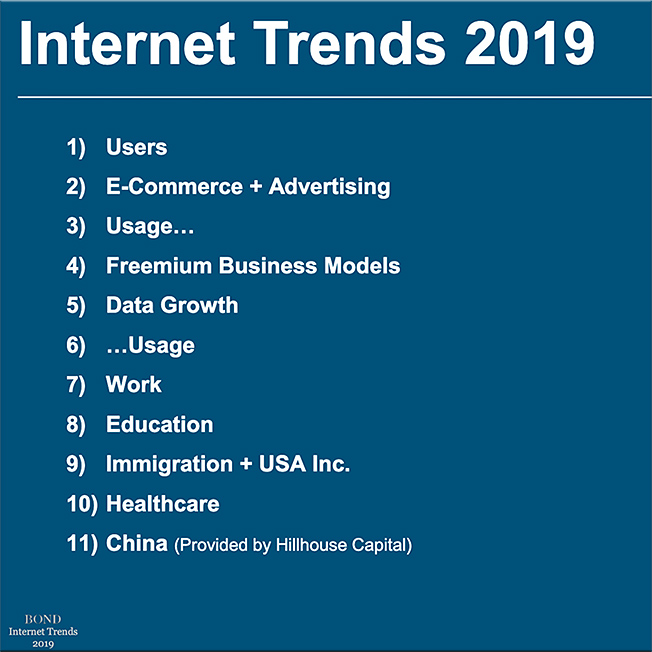
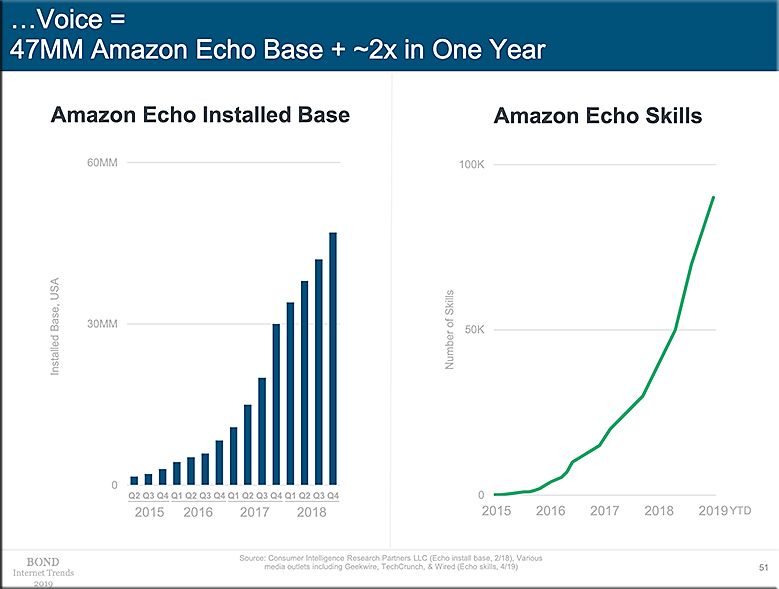



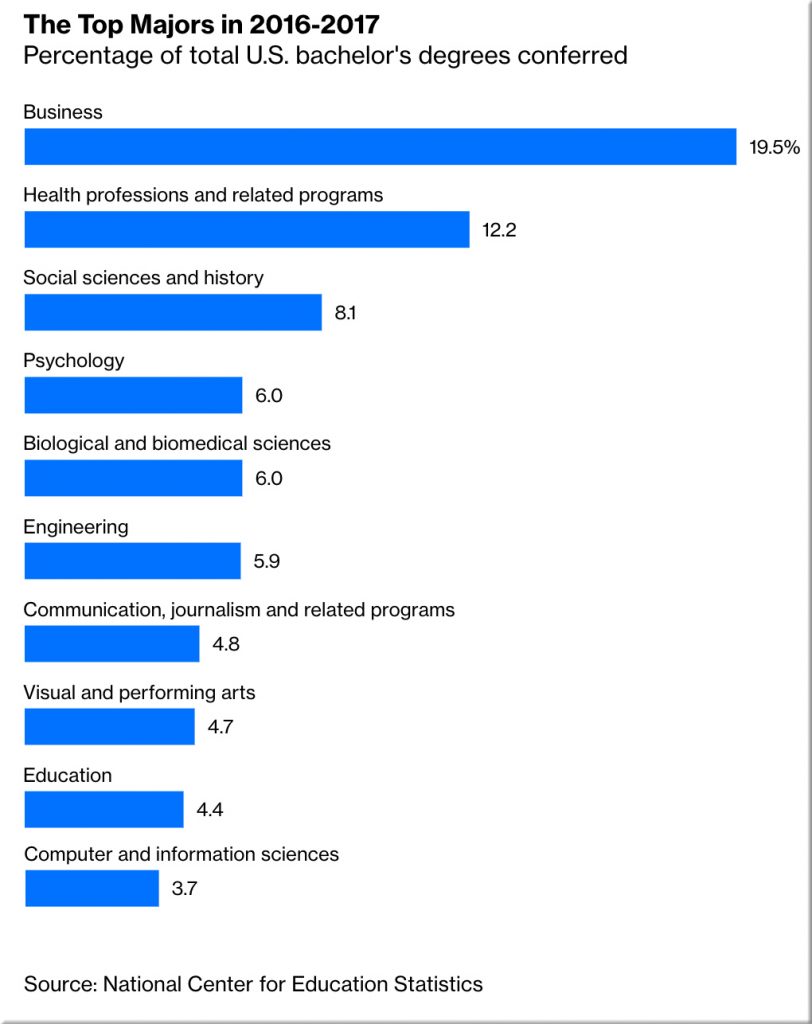
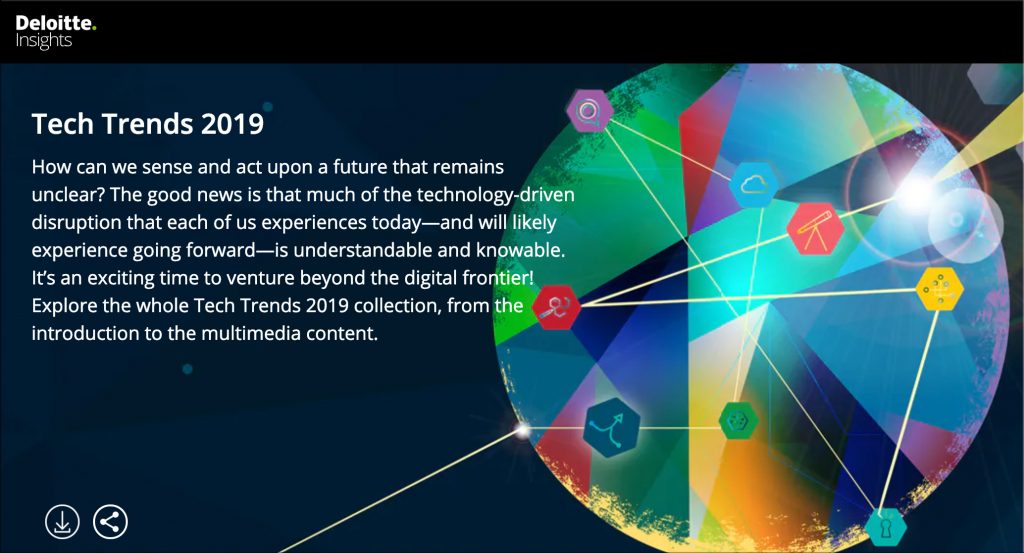
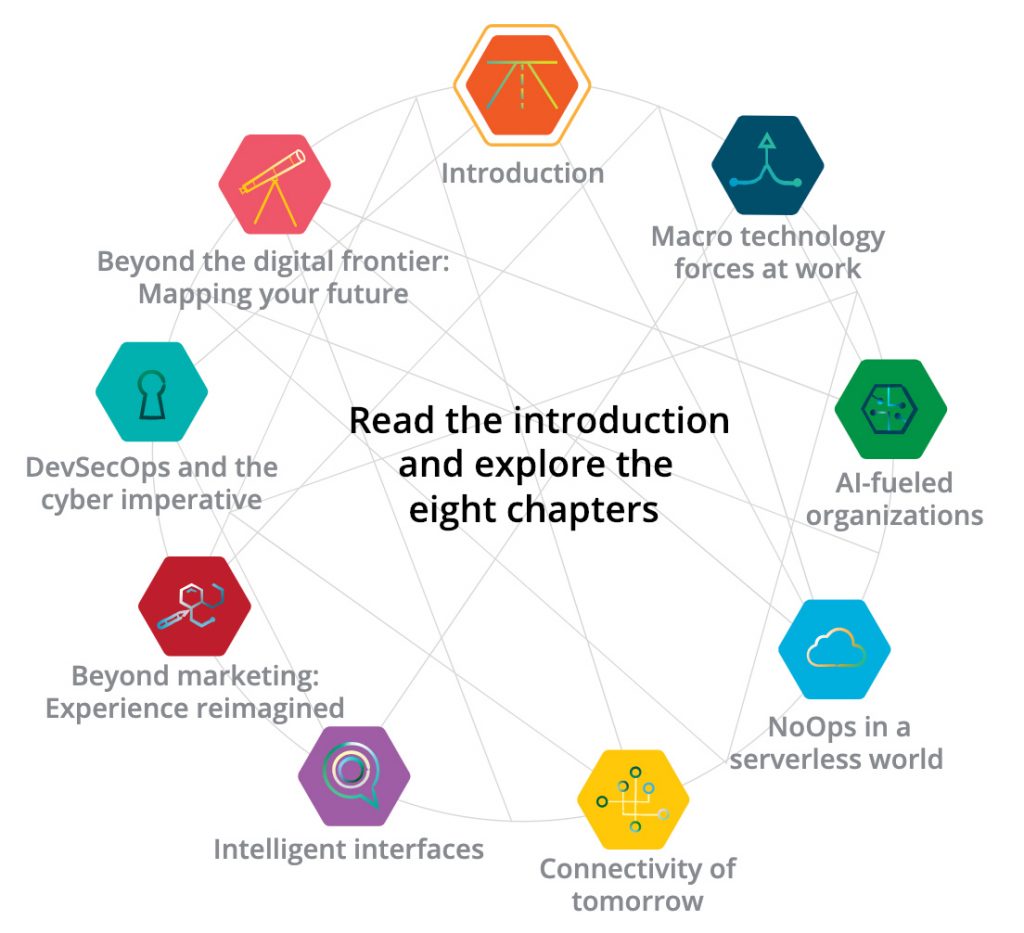
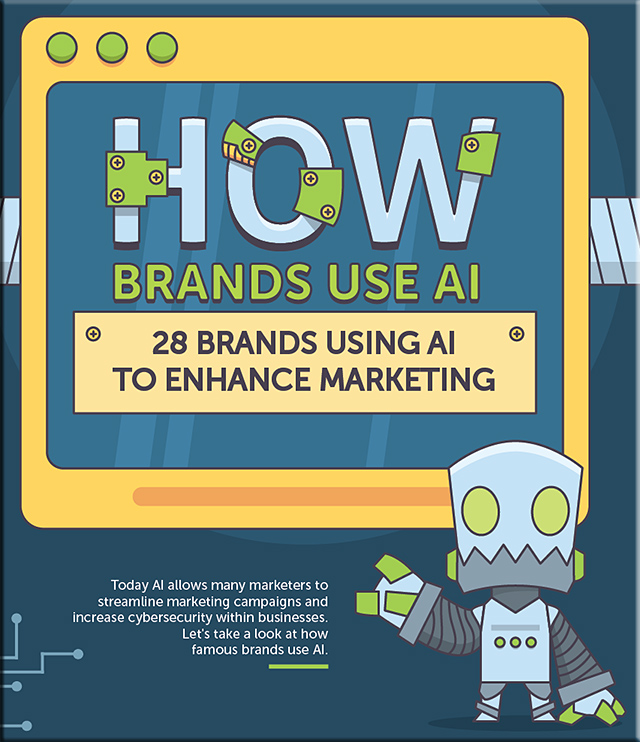
/cdn.vox-cdn.com/uploads/chorus_asset/file/9477517/hpheadset.jpg)



